- Home
- Features
- Movies/Media
- Collectibles
- Comics/Books
-
Databases
-
Figure Database
>
-
X-Plus Toho/Daiei/Other
>
- X-Plus 30 cm Godzilla/Toho Part One
- X-Plus 30 cm Godzilla/Toho Part Two
- X-Plus Large Monster Series Godzilla/Toho Part One
- X-Plus Large Monster Series Godzilla/Toho Part Two
- X-Plus Godzilla/Toho Pre-2007
- X-Plus Godzilla/Toho Gigantic Series
- X-Plus Daiei/Pacific Rim/Other
- X-Plus Daiei/Other Pre-2009
- X-Plus Toho/Daiei DefoReal/More Part One
- X-Plus Toho/Daiei DefoReal/More Part Two
- X-Plus Godzilla/Toho Other Figure Lines
- X-Plus Classic Creatures & More
- Star Ace/X-Plus Classic Creatures & More
-
X-Plus Ultraman
>
- X-Plus Ultraman Pre-2012 Part One
- X-Plus Ultraman Pre-2012 Part Two
- X-Plus Ultraman 2012 - 2013
- X-Plus Ultraman 2014 - 2015
- X-Plus Ultraman 2016 - 2017
- X-Plus Ultraman 2018 - 2019
- X-Plus Ultraman 2020 - 2021
- X-Plus Ultraman 2022 - 2023
- X-Plus Ultraman Gigantics/DefoReals
- X-Plus Ultraman RMC
- X-Plus Ultraman RMC Plus
- X-Plus Ultraman Other Figure Lines
- X-Plus Tokusatsu
- Bandai/Tamashii >
- Banpresto
- NECA >
- Medicom Toys >
- Kaiyodo/Revoltech
- Diamond Select Toys
- Funko/Jakks/Others
- Playmates Toys
- Art Spirits
- Mezco Toyz
-
X-Plus Toho/Daiei/Other
>
- Movie Database >
- Comic/Book Database >
-
Figure Database
>
- Marketplace
- Kaiju Addicts
|
Matango (マタンゴ) is a 1963 Japanese horror film directed by Ishirō Honda. The film stars Akira Kubo, Kumi Mizuno and Kenji Sahara. The film was partially based on William H. Hodgson's short story "The Voice in the Night" and is about a group of castaways on an island who are unwittingly altered by a local species of mutagenic mushrooms. Matango was different from Honda's other films of the period, exploring darker themes and featuring a starker look. It was nearly banned in Japan because its depictions of altered humans bore a resemblance to victims of the atomic bombings of Hiroshima and Nagasaki. The film was released theatrically in the United Kingdom and directly to television in the United States in shortened forms. The film is relatively obscure, with little critical analysis. In Monsters and Monstrosity from the Fin de Siecle to the Millennium: New Essays, Anthony Camara noted that the film was mostly familiar to "aficionados of Asian cult cinema, fans of weird literature, and sleepless consumers of late-night television programming". Retrospective reviews generally commented on how the film varied from Honda's other work, with its darker tone.
As they cross the island, they come upon a shipwreck on the shore. Although it seems to have been there only about a year, its sails are rotted and its interior is covered with a mysterious mold. Finding that the mold succumbs to strong cleansing products, they work to clear it from the ship. In doing so, they begin to suspect that the ship has been involved in some sort of nuclear testing of the polluted waters, forcing a bizarre mutation on various organisms, including mushrooms. As the days pass, the group grows restless as their supply of food stores starts to run low. They try unsuccessfully to hunt for turtle eggs and birds. With Kasai refusing to help find a way off the island, stealing from their food stores instead, Yoshida becomes concerned about their provisions and decides to try eating the local mushrooms. One night, as Kasai is raiding the food stores, he is attacked by a grotesque-looking man who promptly disappears after encountering the group, presenting yet another mystery about the island. Yoshida and Kasai fight over Mami's affections. Suddenly, Yoshida goes insane as a result of the mushrooms he ate earlier. He pulls a gun on the men, but is locked inside Kasai's room. Naoyuki decides they must leave the island to survive. The others disagree, so he departs on his own. Mami frees Yoshida and they attempt to take over the ship, shooting and killing Senzô in the process. Kenji and Akiko manage to wrest control from the two and force them off the ship. Kenji finds the yacht adrift and swims out towards it. He finds Naoyuki missing and a note left behind explaining that he's responsible for the deaths of his group and has jumped overboard. On the ship, Kasai is confronted by Mami, who entices him to follow her into the forest. Perpetual rainfall has caused wild fungal growth, and Kasai realizes that those who have been eating the mushrooms have turned into mushrooms themselves. They are addictive and cannot be resisted after the first bite. Kasai is last seen collapsing as mushroom beings swarm him. Meanwhile, Akiko and Kenji are attacked in force by the mushroom people. They are separated and Akiko is kidnapped. As Kenji tracks her down, he discovers that she has been fed mushrooms and is under their influence along with Mami, Yoshida, and Kasai. Kenji attempts to rescue Akiko, but he is overwhelmed by the mushrooms and flees without her, making his way onto the yacht and escaping the island. Several days pass before Kenji is finally rescued. As he waits, he begins to wonder if he should have stayed with Akiko on the island. He turns toward the audience, his face covered in fungal growth, and says that it would not have made a difference whether he had stayed or not, but he would have been happier there with his love. The screen fades as Kenji notes that humans are not much different than the mushroom people. Cast
Production Director Ishirō Honda was better known for his kaiju (giant monster) films, but occasionally developed horror films such as The H-Man (1958) and The Human Vapor (1960), where characters become bizarre transformed beings. Honda's last film in this style was Matango. Bill Cooke noted in Video Watchdog that Matango defies easy categorization as a film belonging to either the kaiju (monster) or kaidan (ghost) genres of the era. In his book Japanese Science Fiction, Fantasy, and Horror Films, Stuart Galbraith IV described it as a psychological horror film that "contains science fiction elements". In their book Ishiro Honda: A Life in Film, from Godzilla to Kurosawa, Steve Ryfle and Ed Godziszewski stated that both thematically and visually, Matango was "uniquely dark" among Honda's films and was a radical departure from his brightly lit and lighthearted films Mothra and King Kong vs. Godzilla. Art director Shiegkazu Ikuno designed the stark look of the film. Koji Kajita stated that Ikuno was Satoru Cuko's apprentice, and was "known for set designs that were the vanguard, experimental sets". Takeshi Kimura wrote Matango's screenplay based on a treatment by Shinichi Hoshi and Masami Fukushima of S-F Magazine editor Fukushima's story. The story itself was based on William H. Hodgson's short story "The Voice in the Night", which originally appeared in the November 1907 issue of Blue Book. The script was relatively faithful to "The Voice in the Night", but added a number of extra characters. Honda was also inspired by a news story about a group of rich kids who took their father's yacht far into the sea and had to be rescued. Early drafts featured characters paralleling their real-life counterparts, as well as reports of ships and aircraft vanishing in the Bermuda Triangle. Tomoyuki Tanaka produced the film, with music by Sadao Bekku and cinematography by Hajime Koizumi. According to Yoshio Tsuchiya, Honda took the project seriously, telling actors before production that the film was "a serious drama picture, so please keep this in mind and work accordingly". Tsuchiya also explained that in addition to the official ending of the film, a different ending was shot where Kubo's face was normal. Matango was Honda's first film to use the Oxberry Optical printer, which Toho purchased from the United States to allow for better image compositing. The printer allowed the ability superimpose up to five composite shots, allowing the crew to avoid costly hand-painted mattes and glass shots. "Around this time, there were people who started to be Americanized, or have a very modern lifestyle. There were rich people who sent their kids to school in foreign cars, that kind of thing. We tried to show that type of social background in this film." - Honda on the film's social themes. Release Theatrical Toho released the film in Japan on August 11, 1963. Honda described it later as a film that was not "a typical Japanese mainstream movie at all", saying, "When critics saw it, [they] didn't like it, so that was pretty much the end of that film". Matango was nearly banned in Japan because some of the makeup resembled the facial disfigurements characteristic of those who survived the atomic bombings of Hiroshima and Nagasaki. Matango was Honda's first film not to receive a theatrical release in the United States. There, American International Television released it directly to television in 1965 as Attack of the Mushroom People. This version of the film had a run-time of 88 minutes. Toho produced an English-dubbed version of the film, but it is uncertain when it was officially released. Matango was nearly banned in Japan because some of the makeup resembled the facial disfigurements characteristic of those who survived the atomic bombings of Hiroshima and Nagasaki. Home media Before to Matango's release on home video, Galbraith noted that the film was shown frequently on American television during the 1960s and 1970s, but as of 1994, it "ha[d] all but disappeared". Ryfle and Godziszewski stated that Matango was considered an obscure film for many years after its release. The film was released on home video in the United Kingdom in the 1980s under the title Fungus of Terror. Media Blasters issued Matango on DVD in the United States on March 15, 2005. It featured a generous selection of extras, including commentary by the film's male lead, Kubo, production sketches, an interview with special effects team member Teruyoshi Nakano, and other features. Tim Lucas of Sight & Sound described Tokyo Shock's release of the film as "a revelation to those of us who grew up watching pan-and-scanned, re-edited bastardisations of these films on television". Lucas also noted that "Matango looks splendid on Tokyo Shock's disc, its anamorphic transfer retaining the naturalistic colour of the earlier Toho Video laserdisc release with brighter contrast and a slightly more generous (2.53:1) screen width". He felt that "the English subtitles access adult dimensions of the story that were never apparent in the old television prints". Toho released the film on Blu-ray in Japan on November 3, 2017. Reception In a contemporary review, the Monthly Film Bulletin assessed an 89-minute English dub of the film. The review noted that the film was "not one of the best of Toho's special effect exercises though the mushroom people are quite fanciful and the mushrooms come in all shapes, sizes and colours", and that most scenes were "disappointingly dull" as "the whole thing sags miserably in the middle when characters get down to bickering among themselves". Matango has been described as a "virtually unknown film", except to "aficionados of Asian cult cinema, fans of weird literature, and sleepless consumers of late-night television programming". The film has received relatively little scholarly attention. Galbraith described Matango as one of Toho's "most atypical and interesting films". He noted that the film was not as strong as its source story, and that the creatures in their final form were "rubbery and unconvincing", but that the film was "one of the most atmospheric horror films to ever come out of Japan". In his book Giant Monsters Are Attacking Tokyo!, Galbraith later compared the English dub with the Japanese original, giving the versions 2.5 and 3.5 stars, respectively. In another retrospective review, Lucas stated that the film was the best of Honda's non-kaiju-themed horror films, and that it was a "well-crafted picture that parallels 1956's Invasion of the Body Snatchers". Cooke described the film as "a classic from Japan's early-Sixties horror boom" and as "some of the finest work of Ishiro Honda". He also opined that the film was one of Toho's "most colorful science-fiction productions" with a "rich and varied palette". In Leonard Maltin's film guide, the film received 2.5 out of 4 stars, with Maltin writing, "Initially slow-paced [it] grows into a disturbing, peculiarly intimate kind of horror, unusual for director Honda". Aftermath and influence
Honda reflected on Matango decades afters its initial release, stating that it was a comment on the "'Rebel era' in which people were becoming addicted to drugs. Once you get addicted, it's a hopeless situation". He added that "no matter how good friends people are, even if they're the very best of friends, under certain conditions things can get very ugly". Actor Kubo declared that of the few monster or outer space-themed films which he acted in, Matango was his favorite. Director Steven Soderbergh stated he had wanted to make a remake of Matango, describing it as a film that he watched as a child that "scared the shit out of me". Soderbergh said he was unable to reach a deal with Toho, so the remake did not happen. In his book analyzing the kaiju film, Jason Barr noted a trend in Japanese genre films during the 1960s and 1970s to focus on themes of metamorphosis and assault on human bodies, with the most famous of these films being Matango. In Monsters and Monstrosity from the Fin de Siecle to the Millennium: New Essays, Camara stated that Matango would leave an imprint on Japanese cyberpunk influenced body horror films of the future such as Sogo Ishii's Electric Dragon 80.000 V, Shozin Fukui's Pinocchio 964 and Yoshihiro Nishimura's Tokyo Gore Police. The 1980 book The Golden Turkey Awards gave the film (under its American title, Attack of the Mushroom People) an award for "Worst Vegetable Movie", despite the fact that mushrooms are fungi, not vegetables.
0 Comments
Leave a Reply. |
Release Dates
November 2023
|
|
© 2011-2024 Kaiju Battle. All Rights Reserved.
|
Visit Our Social Media Sites
|
Proudly powered by Weebly
|
- Home
- Features
- Movies/Media
- Collectibles
- Comics/Books
-
Databases
-
Figure Database
>
-
X-Plus Toho/Daiei/Other
>
- X-Plus 30 cm Godzilla/Toho Part One
- X-Plus 30 cm Godzilla/Toho Part Two
- X-Plus Large Monster Series Godzilla/Toho Part One
- X-Plus Large Monster Series Godzilla/Toho Part Two
- X-Plus Godzilla/Toho Pre-2007
- X-Plus Godzilla/Toho Gigantic Series
- X-Plus Daiei/Pacific Rim/Other
- X-Plus Daiei/Other Pre-2009
- X-Plus Toho/Daiei DefoReal/More Part One
- X-Plus Toho/Daiei DefoReal/More Part Two
- X-Plus Godzilla/Toho Other Figure Lines
- X-Plus Classic Creatures & More
- Star Ace/X-Plus Classic Creatures & More
-
X-Plus Ultraman
>
- X-Plus Ultraman Pre-2012 Part One
- X-Plus Ultraman Pre-2012 Part Two
- X-Plus Ultraman 2012 - 2013
- X-Plus Ultraman 2014 - 2015
- X-Plus Ultraman 2016 - 2017
- X-Plus Ultraman 2018 - 2019
- X-Plus Ultraman 2020 - 2021
- X-Plus Ultraman 2022 - 2023
- X-Plus Ultraman Gigantics/DefoReals
- X-Plus Ultraman RMC
- X-Plus Ultraman RMC Plus
- X-Plus Ultraman Other Figure Lines
- X-Plus Tokusatsu
- Bandai/Tamashii >
- Banpresto
- NECA >
- Medicom Toys >
- Kaiyodo/Revoltech
- Diamond Select Toys
- Funko/Jakks/Others
- Playmates Toys
- Art Spirits
- Mezco Toyz
-
X-Plus Toho/Daiei/Other
>
- Movie Database >
- Comic/Book Database >
-
Figure Database
>
- Marketplace
- Kaiju Addicts

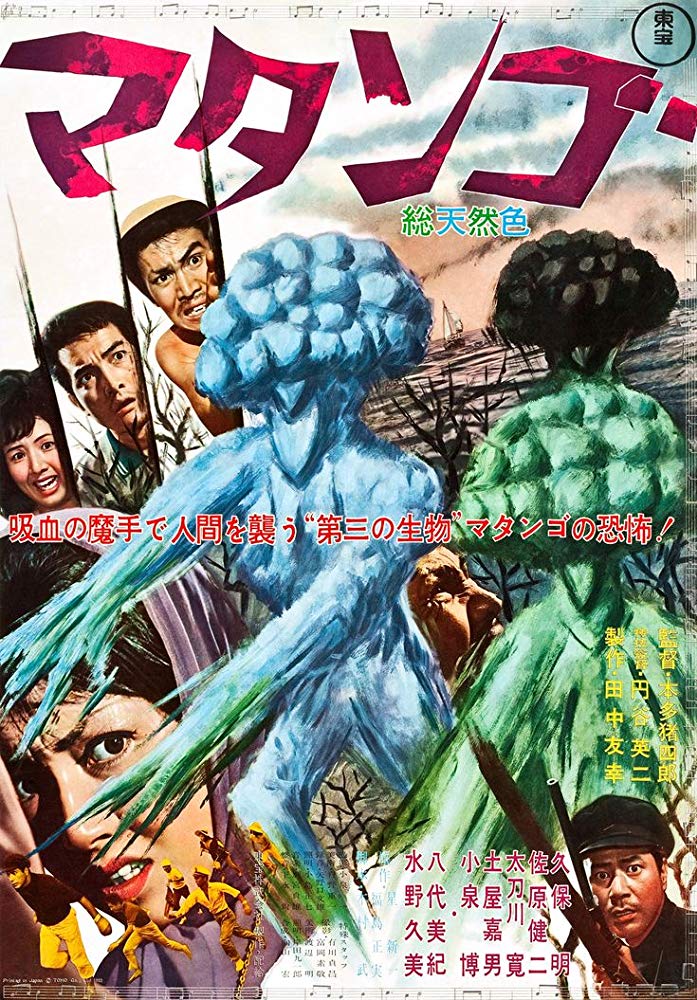
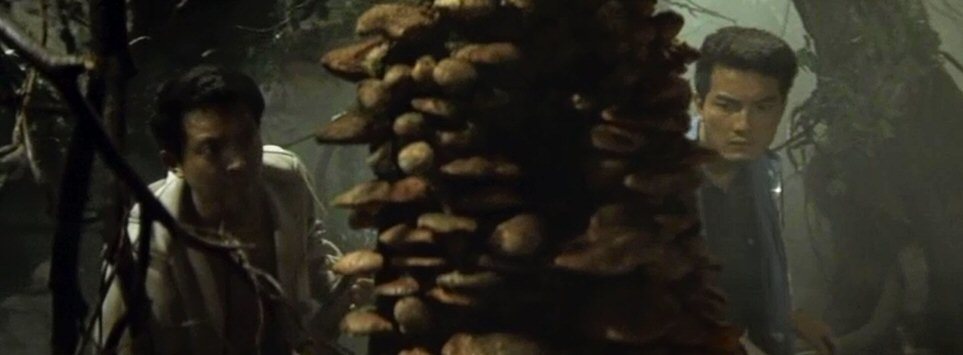
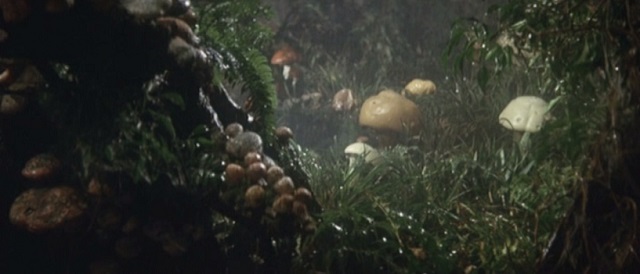
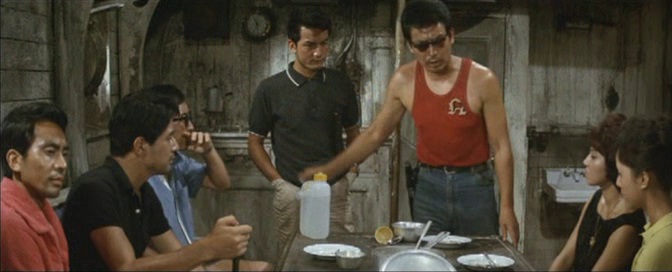
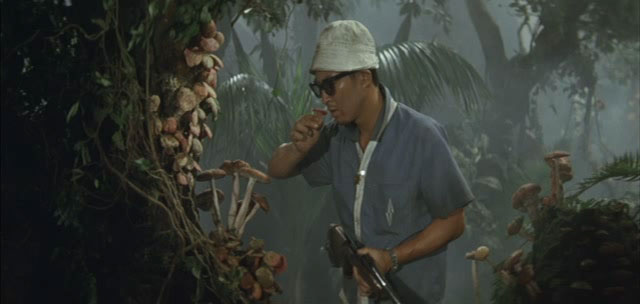
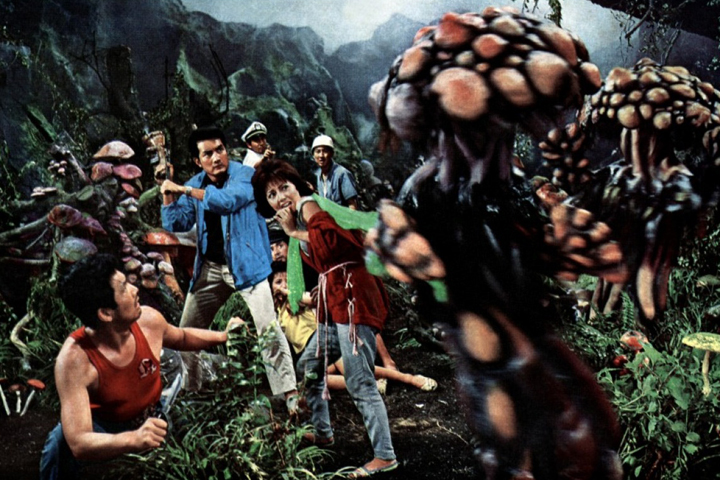
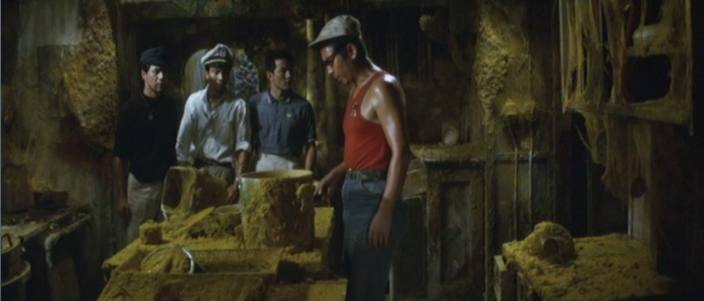
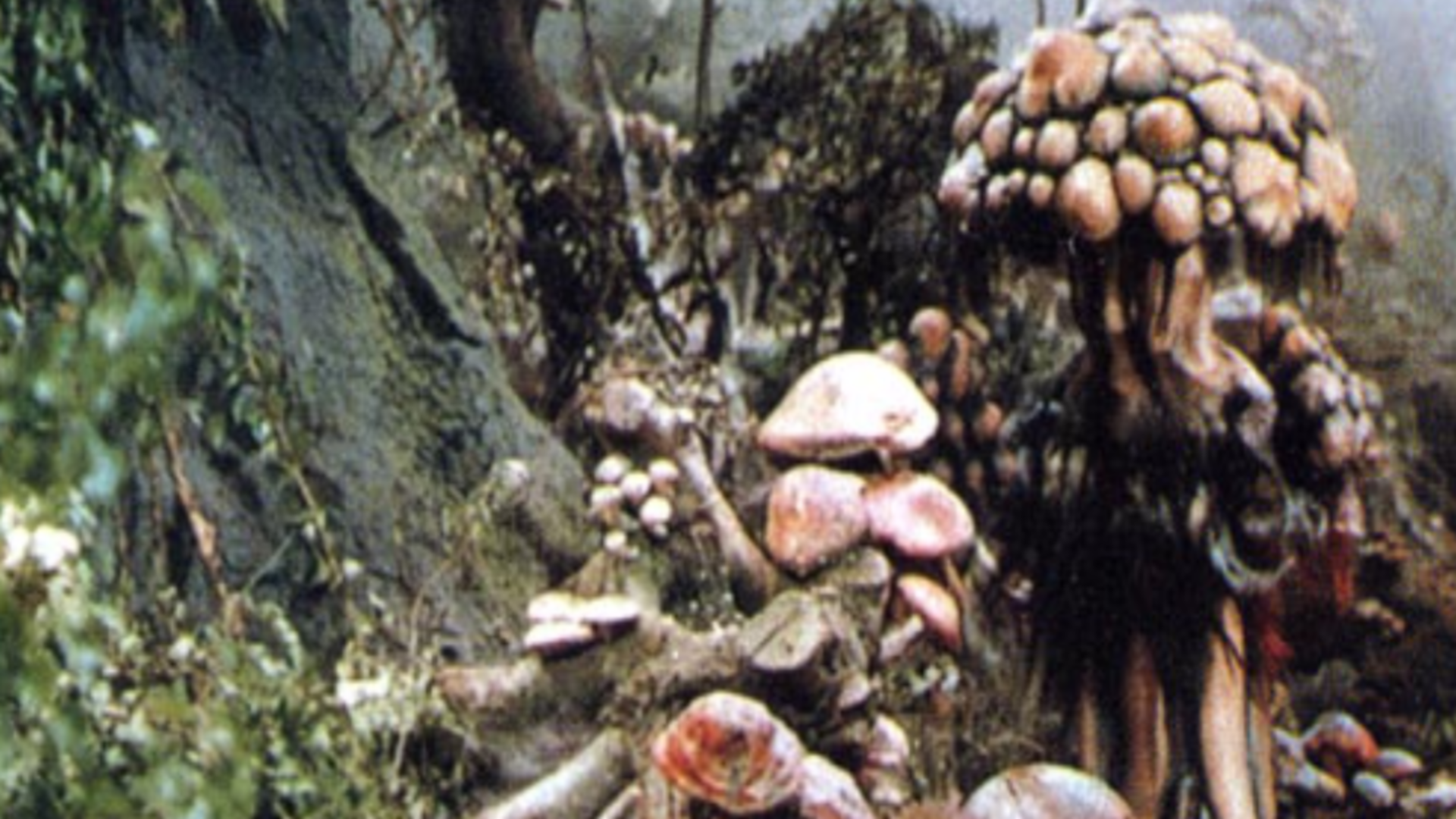
 RSS Feed
RSS Feed